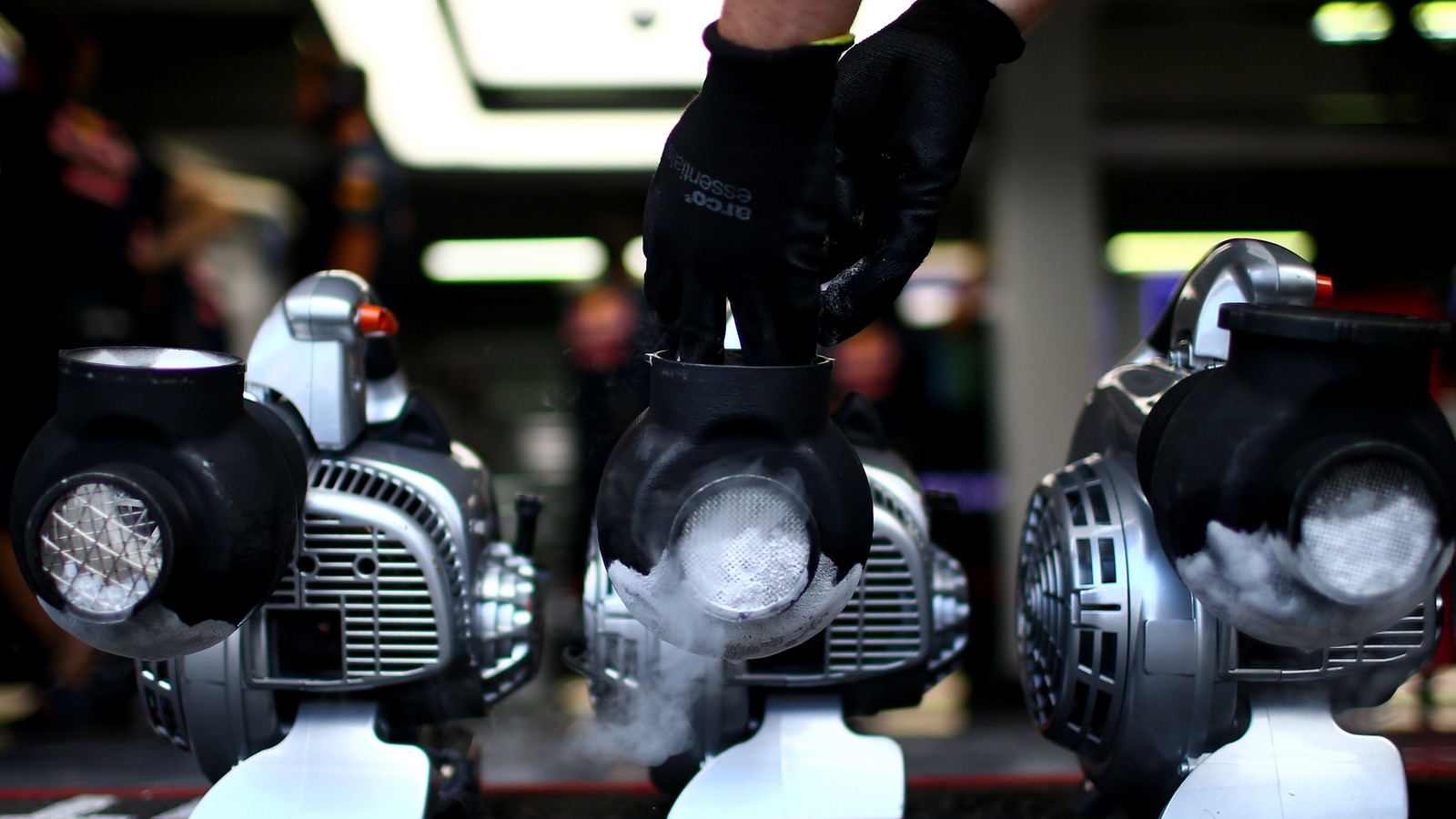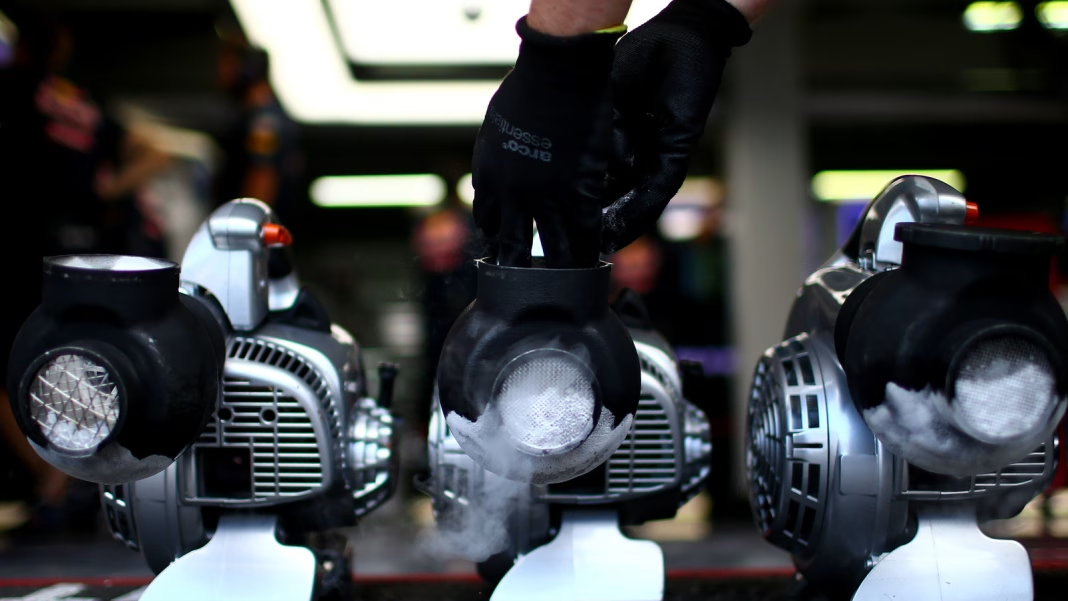Why Do F1 Cars Use Dry Ice Instead of Just Regular Cooling Fans?
If you’ve ever watched a Formula 1 race up close, you might have spotted crew members hustling around a car with what looks like a smoking box or a mysterious white vapor pouring from vents. It’s not a sign of trouble—it’s dry ice, and it’s a crucial part of keeping these high-tech machines in peak condition. But why dry ice? Why not just stick a fan in front of the radiator and call it a day?
The answer comes down to efficiency and the unique demands of F1. Dry ice, which is simply frozen carbon dioxide, sits at a bone-chilling -78.5°C. When it sublimates (turns directly from solid to gas), it absorbs a tremendous amount of heat from its surroundings. That’s a lot more cooling power, pound for pound, than a fan blowing ambient air. In the high-pressure world of F1, where every second counts and components are packed tighter than sardines, dry ice delivers rapid, targeted cooling that fans just can’t match.
How Does Dry Ice Actually Help F1 Cars on Race Day?
You might think the main job of dry ice is to keep the engine from overheating. That’s part of it, but the story goes deeper. Modern F1 cars are marvels of engineering, but they’re also incredibly sensitive to temperature. Electronics, batteries, hydraulic systems, and even the driver’s cockpit can all suffer if things get too hot.
Teams use dry ice in several clever ways. Before a race, you’ll often see dry ice packed around the air intakes or even inside special ducts that lead to the car’s radiators and turbochargers. This pre-cools the system, giving the car a thermal head start before it even leaves the garage. During pit stops, crew members might blast dry ice vapor into the cockpit to keep the driver comfortable—especially on sweltering days when cockpit temps can soar above 50°C. It’s not just about comfort, either; keeping the driver cool can help maintain focus and reaction times, which is critical at 200 mph.
What Are the Risks or Downsides of Using Dry Ice in F1?
It sounds like a magic bullet, but dry ice isn’t without its quirks. For one, it’s not exactly gentle on the environment—CO2 is a greenhouse gas, after all, though the quantities used are small compared to other emissions in motorsport. More pressing for teams is the risk of overcooling. If you chill certain components too much, you can cause condensation, which is a nightmare for sensitive electronics. There’s also the risk of thermal shock—sudden temperature changes can stress materials, especially composites and metals that expand and contract at different rates.
That’s why teams use dry ice with surgical precision. It’s not just a matter of dumping a pile of frozen CO2 on the car and hoping for the best. Engineers monitor temperatures in real time and adjust their cooling strategy based on weather, track conditions, and the car’s specific needs.
Is Dry Ice Used During the Actual Race?
Here’s where it gets interesting. Once the lights go out and the race is underway, dry ice is off the table. The car has to rely on its own cooling systems—mainly radiators, heat exchangers, and airflow sculpted by the car’s aerodynamic design. Dry ice is strictly for pre-race, pit stops, and sometimes post-race cooldowns. It’s a behind-the-scenes hero, not something you’ll see deployed at 200 mph.
How Has Dry Ice Changed F1 Strategy and Performance?
The use of dry ice has quietly shifted how teams approach race prep and even car design. With the ability to pre-cool components, teams can push the limits of how tightly they package their engines and electronics. This leads to more aerodynamic cars with less drag and, ultimately, faster lap times. It’s a small detail, but in a sport where a tenth of a second can mean the difference between victory and defeat, those details add up.
There’s also a human element. Drivers who stay cooler are less likely to make mistakes late in a race. In fact, a 2022 study from the University of Portsmouth found that cognitive performance can drop by up to 20% when drivers are exposed to extreme heat for prolonged periods. Keeping the cockpit cool isn’t just about comfort—it’s about keeping the driver sharp when it matters most.
What Can Everyday Drivers Learn from F1’s Use of Dry Ice?
You probably don’t need to pack dry ice into your family sedan before a road trip, but there’s a lesson here about the value of targeted cooling. Whether it’s using sunshades, ventilated seats, or simply cracking a window, keeping your car and yourself cool can improve comfort, safety, and performance. The pros just take it to the extreme.
The big takeaway? Cooling in F1 isn’t about perfection—it’s about smarter adjustments. Start with one change this week, and you’ll likely spot the difference by month’s end.


